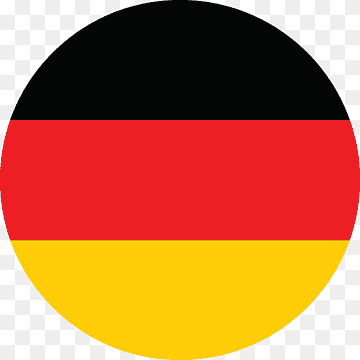الكتب خانة
ثقافة عربية
أجندة ثقافية
بود كاست
اسمع معى
مشاهدات خاصة
فنون بصرية
خطوة عزيزة
أوتار وأصوات
مقهى الرأى
منصة الدراسات
المراسل العالمى
الإفتتاحية
Home




